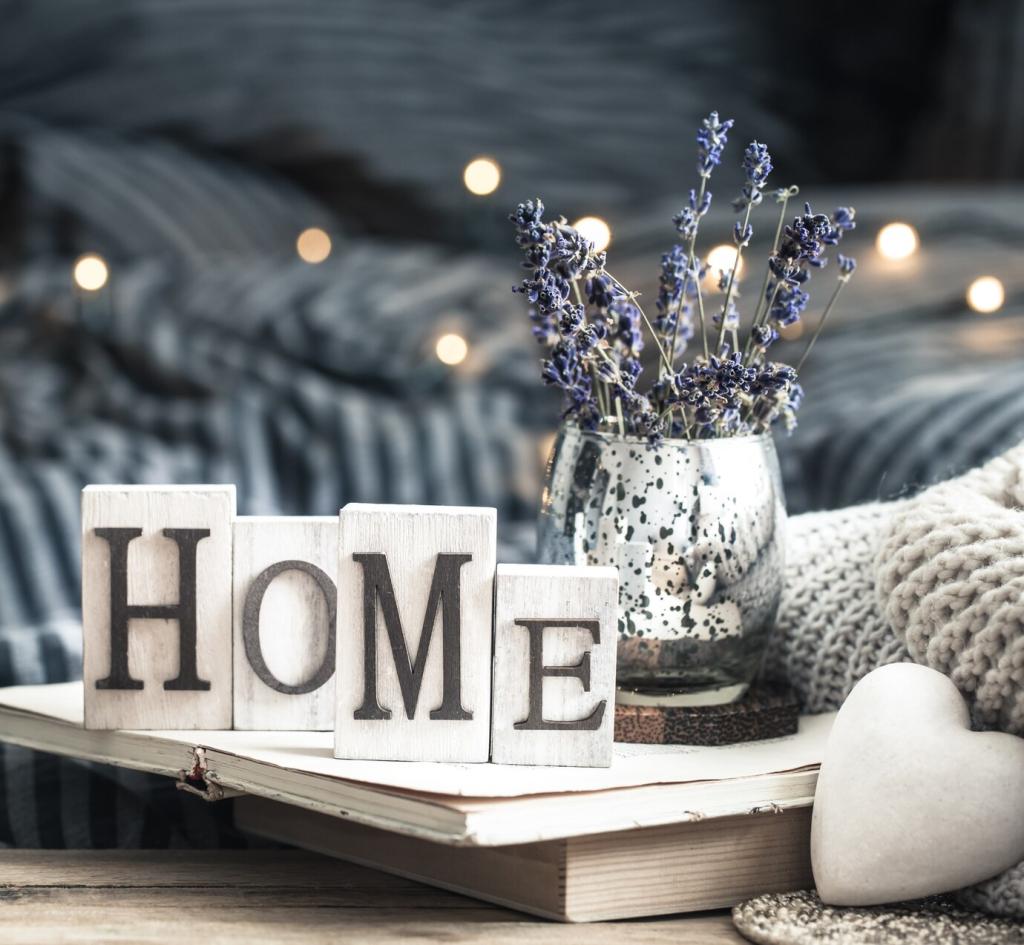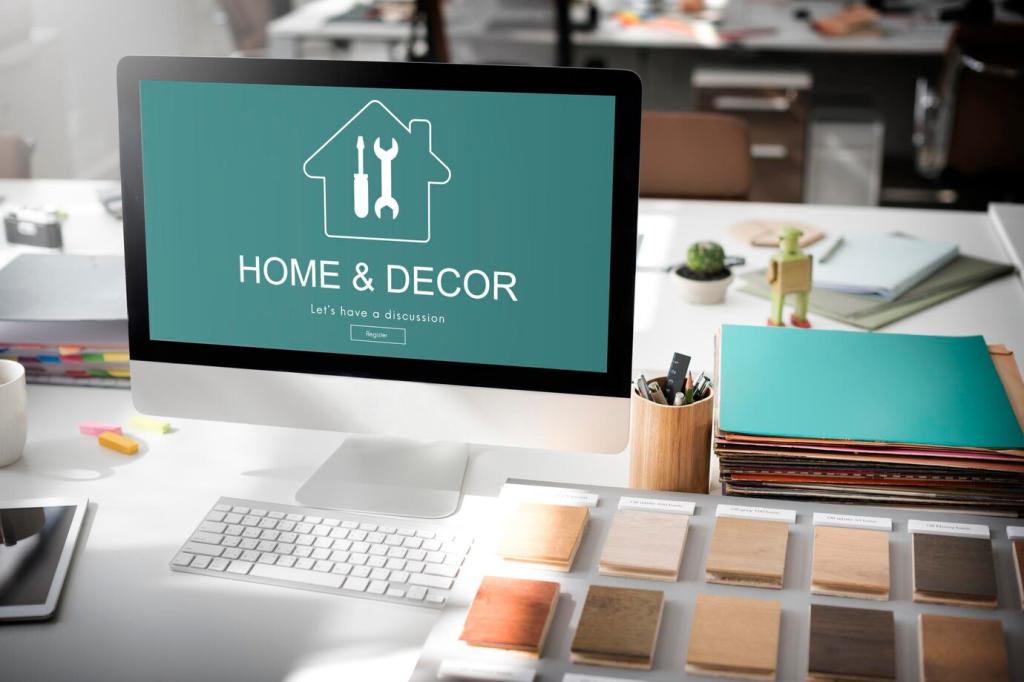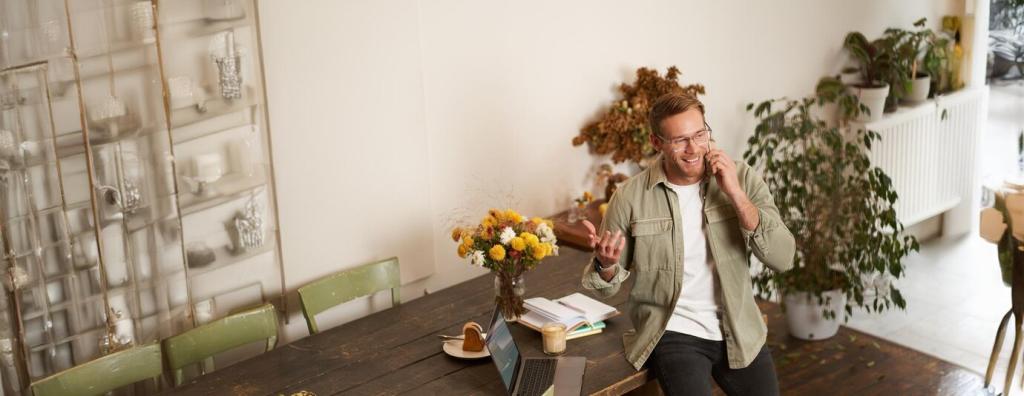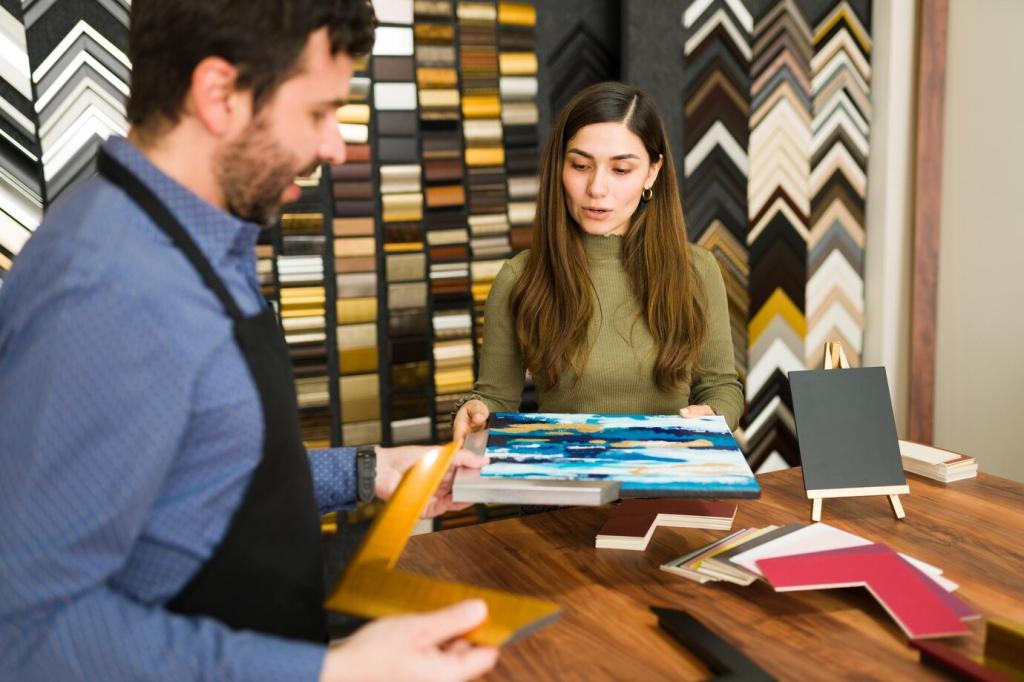The Psychology Behind Desire-Fueled Decor Copy
Shift from “linen throw pillow” to “a linen-cool breeze on your cheek after a long day.” Emotions anchor memory. Show how a room will feel, not only what items are made of. Tell us what mood your space longs for.
The Psychology Behind Desire-Fueled Decor Copy
People buy what reflects who they are becoming. Mirror their aspirations: calm minimalists, playful collectors, grounded naturalists. Invite them to see their future mornings, not just a catalog page. Ask readers to comment with the identity their home expresses.
The Psychology Behind Desire-Fueled Decor Copy
Use gentle scarcity rooted in craft and seasonality: small-batch glazes, limited fabric runs, once-a-year weaves. Frame urgency as an opportunity to secure authenticity, not a countdown scare. Want timely drops? Subscribe for insider previews.
The Psychology Behind Desire-Fueled Decor Copy
Lorem ipsum dolor sit amet, consectetur adipiscing elit. Ut elit tellus, luctus nec ullamcorper mattis, pulvinar dapibus leo.







